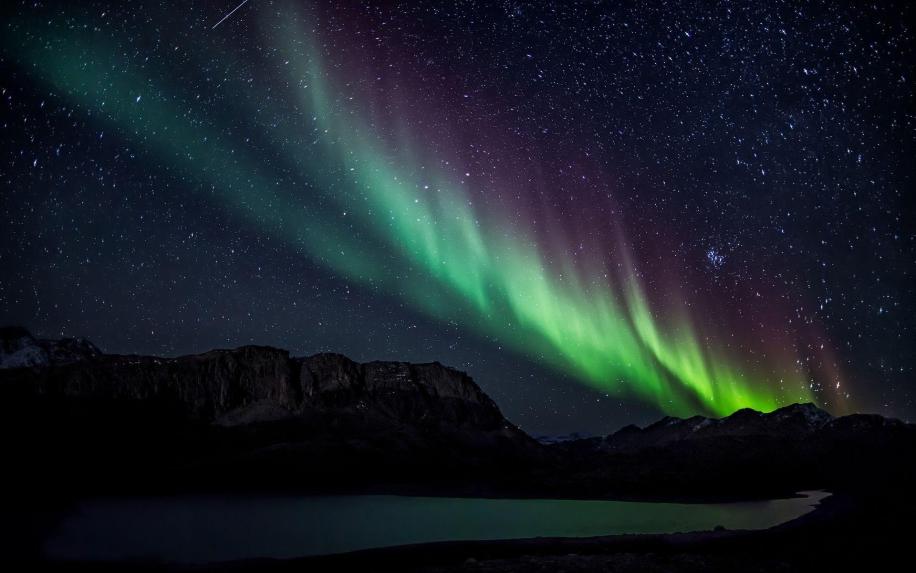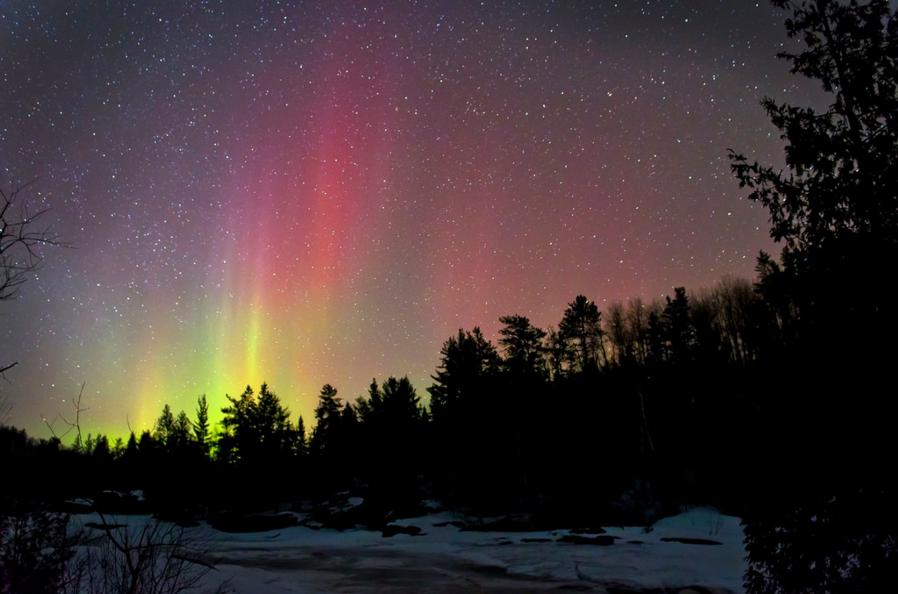What Are the Future Prospects for Northern Lights Tourism?
The Northern Lights, also known as Aurora Borealis, are a natural light display in the sky, primarily visible in high-latitude regions. This celestial phenomenon has captivated travelers and nature enthusiasts worldwide, leading to the rise of Northern Lights tourism. As the popularity of this unique travel experience continues to grow, it's essential to explore the future prospects and challenges of Northern Lights tourism.

Definition of Northern Lights Tourism
Northern Lights tourism refers to travel activities and experiences centered around viewing and appreciating the Aurora Borealis. It encompasses various forms of tourism, including guided tours, aurora-focused cruises, specialized accommodation, and cultural activities related to the Northern Lights.
Current Popularity and Growth of the Industry
In recent years, Northern Lights tourism has experienced a surge in popularity. Destinations like Iceland, Norway, Finland, Sweden, and Canada have witnessed a significant increase in tourist arrivals seeking to witness this natural wonder. This growth can be attributed to factors such as improved accessibility, social media promotion, and a growing desire for unique and authentic travel experiences.
The Future Prospects For Northern Lights Tourism

The future of Northern Lights tourism holds immense potential for growth and innovation. With increasing awareness, technological advancements, and changing travel trends, the industry is poised for further expansion. However, it's crucial to address challenges related to environmental concerns, seasonality, infrastructure constraints, and sustainable tourism practices to ensure the long-term viability and responsible development of this sector.
Factors Driving Future Growth
Increasing Awareness and Accessibility
The growing popularity of Northern Lights tourism is largely driven by increased awareness and accessibility. Social media platforms and online promotions have played a significant role in showcasing the beauty and uniqueness of the Aurora Borealis, captivating the imagination of travelers worldwide. Additionally, improved transportation infrastructure, such as direct flights and enhanced road networks, has made these destinations more accessible, attracting a broader range of tourists.
Changing Travel Trends
The evolving travel landscape has contributed to the growth of Northern Lights tourism. The rise of experiential travel, where tourists seek immersive and authentic experiences, has made the Aurora Borealis a highly sought-after destination. The desire for unique and off-the-beaten-path adventures, coupled with an emphasis on sustainable and responsible tourism, has further fueled the demand for Northern Lights experiences.
Technological Advancements
Technological advancements have also played a crucial role in shaping the future of Northern Lights tourism. Enhanced aurora forecasting tools, virtual reality (VR) and augmented reality (AR) experiences, and mobile apps that provide real-time information have significantly improved the tourist experience. These innovations have made it easier for travelers to plan their trips, optimize their aurora viewing opportunities, and gain a deeper understanding of the scientific and cultural significance of the Northern Lights.
Challenges and Opportunities
Environmental Concerns
The growth of Northern Lights tourism also presents challenges related to environmental concerns. Light pollution from urban areas can interfere with aurora viewing, diminishing the visibility and quality of the experience. Sustainable tourism practices and minimizing the ecological footprint are essential to preserve the pristine environments where the Northern Lights are best observed. Balancing tourism development with conservation efforts is crucial to ensure the long-term viability of this industry.
Seasonality and Climate Change
The short aurora viewing season, typically limited to the winter months, poses a challenge for Northern Lights tourism. Additionally, climate change is affecting aurora patterns and visibility, potentially impacting the timing and quality of aurora displays. Adapting tourism strategies to address seasonal variations and implementing sustainable practices to mitigate the effects of climate change are essential for the long-term success of this industry.
Infrastructure and Capacity Constraints
Remote locations where the Northern Lights are best viewed often face infrastructure and capacity constraints. Limited accommodation and transportation options can hinder the ability to accommodate growing tourist numbers. Managing the influx of tourists without compromising the quality of life for local communities and preserving the natural environment are key challenges that need to be addressed to ensure sustainable tourism development.
Innovations and Future Trends
New Aurora Viewing Destinations
The emergence of new aurora viewing destinations beyond traditional hotspots presents exciting opportunities for Northern Lights tourism. Off-the-beaten-path locations offer unique and authentic encounters with the Aurora Borealis, attracting adventurous travelers seeking less crowded and more immersive experiences.
Immersive and Interactive Experiences
Interactive art installations, light shows, and VR/AR simulations are transforming the Northern Lights experience. These innovations provide immersive and educational opportunities for tourists, allowing them to engage with the Aurora Borealis in new and exciting ways.
Sustainable Tourism Initiatives
The growing emphasis on sustainable tourism is shaping the future of Northern Lights tourism. Eco-friendly accommodation, transportation options, and community-based tourism initiatives are gaining traction. Certification programs and sustainable tourism standards are being implemented to ensure responsible tourism practices and minimize the environmental impact of tourism activities.
Recap of Key Points and Insights
- Northern Lights tourism is experiencing a surge in popularity due to increased awareness, improved accessibility, and changing travel trends.
- Technological advancements have enhanced the tourist experience and made aurora viewing more accessible.
- Environmental concerns, seasonality, infrastructure constraints, and climate change pose challenges to the sustainable development of Northern Lights tourism.
- New aurora viewing destinations, immersive experiences, and sustainable tourism initiatives are shaping the future of this industry.
Final Thoughts on the Future of Northern Lights Tourism
The future of Northern Lights tourism holds immense potential for growth and innovation. By addressing challenges related to environmental sustainability, seasonality, and infrastructure constraints, and embracing new technologies and sustainable tourism practices, the industry can ensure its long-term viability and provide unforgettable experiences for travelers worldwide. Collaboration between governments, tourism boards, local communities, and industry stakeholders is crucial to shape a responsible and sustainable future for Northern Lights tourism.
Call to Action for Sustainable and Responsible Tourism Practices
As Northern Lights tourism continues to grow, it's essential for travelers to embrace sustainable and responsible tourism practices. Minimizing energy consumption, reducing waste, and respecting local cultures and traditions are key to preserving the natural beauty and cultural heritage of these destinations. By choosing eco-friendly tour operators, supporting local businesses, and practicing responsible wildlife viewing, tourists can contribute to the long-term sustainability of Northern Lights tourism and ensure that future generations can continue to enjoy this awe-inspiring natural phenomenon.
YesNo

Leave a Reply